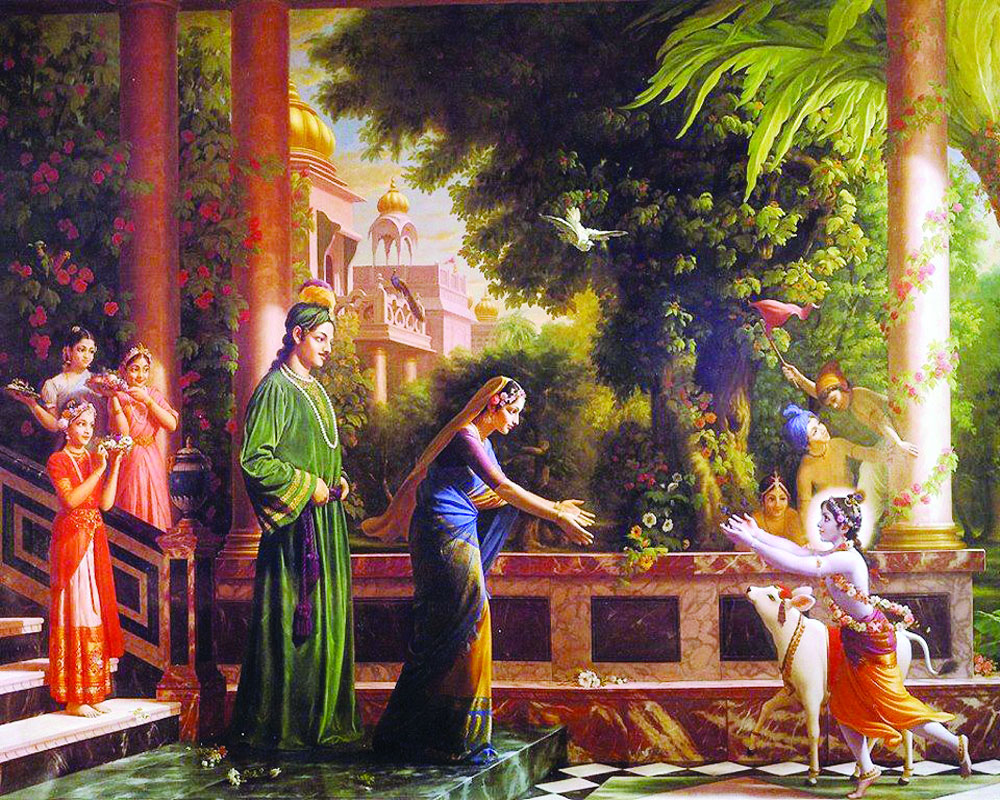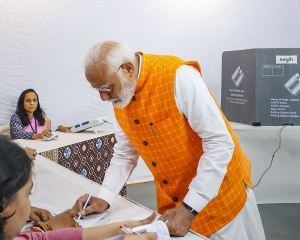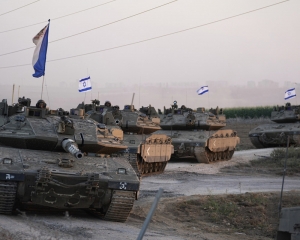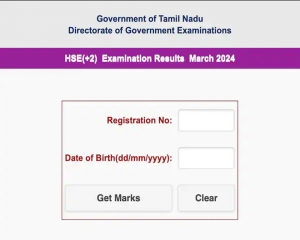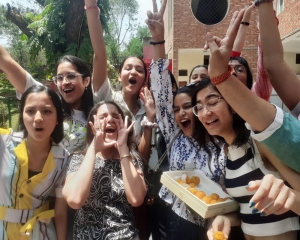Krishna’s foster parents, Nanda and Yashoda, symbolically represent eternal bliss and the ultimate knowledge respectively, explains Dr Asha Goswami
With the set of mystical and spiritual concepts having synthesised with Krishna during the later phase of the saga, the same built an aura of dreamland with spiritual overtones around Krishna’s personae by providing him with pastoral associates and scenario in the form of his foster parents Nanda-Yashoda; elder brother and sister Balarama-Ekanamsha or Subhadra Gopas and Gopis, including Radha, and Vrindavana. Mostly, the narratives of the Puranas, which refer to Shri Krishna’s activities with these pastoral associates, are held to have been framed and construed and specifically designed to teach symbolic and spiritual ideals through those lilas which Krishna enacted in the company with his pastoral associates on earth. Besides, Krishna’s all Vrindavana lilas, which he enacts in their company wherein he mostly plays the role of love and friendship, are similarly held to be happenings on the non-physical plane and in non-physical bodies, as Vrindavana is also looked upon as representing the inner consciousness of every individual.
Hence, the whole Vrindavana lila of Krishna is held symbolic along with his partners, who are also assigned with spiritual overtones. Since, his Vrindavana lila on the whole represents Krishna’s playful activities during which he behaves the way he likes. For, at Vrindavana, his encounters with Putana, cart, Trina varta, Aghasura, Bakasura, Dhenuk, Keshi and Kaliya, fighting with whom, Krishna had not to exert his strength but in place he just toys with them for achieving his victory. This very well explains why Krishna’s such easygoing encounters at Vrindavana or Gokula are termed lilas signifying that these were mere sports and diversions on the part of Krishna at Vrindavana. In the same context, Harivamsha seems to add “that all the associates of Krishna during his Vrindavana lilas were the parts of the Gods themselves, and hence spiritual”. Similarly, Krishna’s enemies at Vrindavana are held by some representing all types of vices such as lust, pride, hatred, egoism, pride, envy, greed etc. According to others, Vrindavana metaphorically stands for the garden like holy and pure heart of every devotee of Krishna where he teaches the love of devotion to all alike who lend their hearts to him. Krishna’s activities at Vrindavana also are held to delineate him as a symbol of a spiritual saadhak with ultimate realisation of his true individual state. In the same strain, Krishna’s foster parents Nanda and Yashoda are held symbolically representing the super most eternal bliss and the ultimate knowledge respectively.
While their resort Vrindavana itself represents the region of highest spiritual delight and the field of spiritual growth and devotional love as its lord Nanda himself is spiritual bliss incarnate. The Puranas, in the same regard, also dictate us that we must not treat Krishna’s Vrindavana lilas with his pastoral associates as having occurred at one place or time but rather treat them as recurrent modality with the purpose of conveying inspiration and guidance to devotees of every type having either of these feelings towards Krishna such as affection of parents; of friends; or of loved and beloved etc. Krishna at Vrindavana denotes the universal self and his foster father Nanda implying bliss guides all these in their relations to the universe and themselves. Nanda as supreme joy is located in Vrindavana like the brain of every enlightened person. Krishna in Vrindavana as Nanda’s son represents a devotee who is set on his devotional path with various distractions like personal desires which are termed as demons like Putana, cart and others. Next, among pastoral associates of Krishna, his elder brother Balrama is dealt with. He was also known as Baldeva and Samkarshana. According to Mahabharata, he was an incarnation of God Vishnu’s white hair as Krishna was incarnation of God Vishnu’s black hair. That is why they are stated to have fair and dark complexion respectively. It is also stated that God Vishnu divided Himself into two parts who are later known as Krishna and Balarama. He is also stated to be the incarnation of primeval serpent Ananta-Naga.
According to Kautilya, Balarama had his special devotees with shaven head independent of Krishna. According to Kautilya, Krishna’s brother Balrama was later identified with such a deity whose worship was in vogue during Kautilya’s times on the analogy of Krishna’s later identification with God Vishnu. Similarly, as an incarnation of Sheeshnaga, Krishna’s elder brother Balrama might have been identified with some tribal god of the Nagas and because of which the Kaliya-Naga’s episode was introduced in the Krishna saga to propagate the ideal that Shri Krishna had also won over the prevailing tribal cult of the Nagas who are held to rule over the Mathura region for a long time. Likewise, in the later stage of Krishna cult, if Krishna’s elder brother is treated as symbol of the individual soul and is named Nara, he is forever proclaimed the eternal accomplice of Krishna, Narayana, performing the role of his elder brother. The other pastoral associates of Krishna include his sister called Subhadra or Ekanamsha who is stated to be Yashoda’s daughter who was exchanged with Krishna, but did not die at the hands of Kamsa, and was saved and secretly reared by a Gopa at Vrindavana and later worshipped by the cowherds as mother Goddess Katyayani, since she was the one who had saved Krishna’s life. The Puranas also state that it was on her advice that Krishna succeeded in killing Kamsa. It is also known that those days, the worship of Katyayani was prevalent among the Gopis, for they along with Radha are stated to worship Goddess Katyayani to beget Shri Krishna as their husband. Thus, it be ascertained that she was introduced as Krishna’s pastoral associate and sister to meet the requirement of the devotional aspirations of the people who looked forward to the impress of Shakti in the Krishna Cult. Next, the chief of pastoral associates associated with Krishna seems to be the cowherdess Radha. These two types of Gopis, associated with Krishna in later stage of his saga, represent two variant distinct traditions of Krishnabhakti with main focus on the Rasa-dance. Radha and other Gopis are also considered to be the outcome of the prevalent poetic tradition of love sentiment during the 16th century.
The writer is a noted Indologist and authority on Krishnaite Studies













